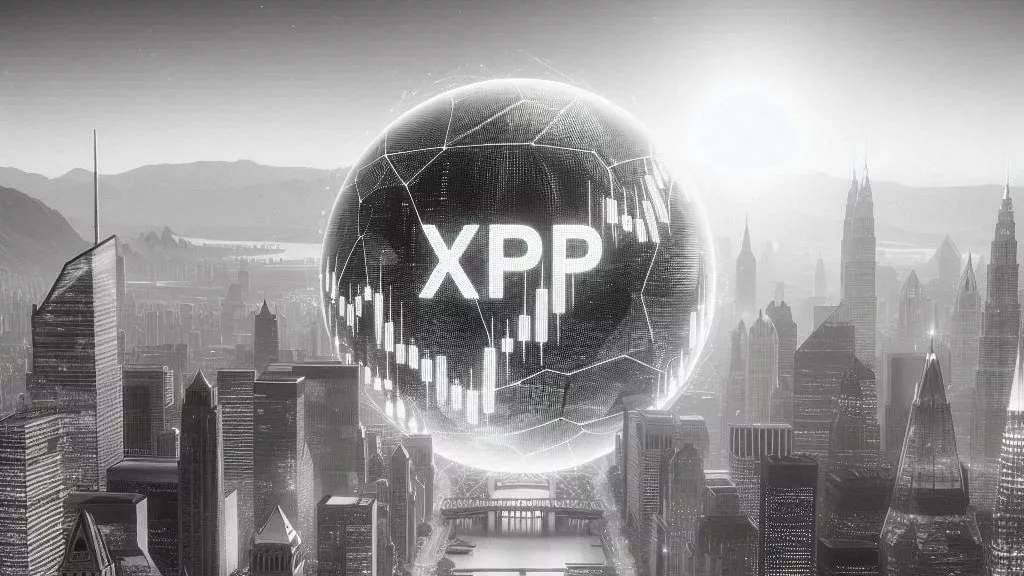
The unprecedented surge in Bitcoin’s network hash rate, now soaring to an astonishing 635 exahashes per second (EH/s), has ushered in a new era of complexity and competition in the mining sector.
Record Hashrate, Decreasing Profit Margins
Bitcoin’s current market price around $63,500 might suggest booming profits for miners at first glance. However, the reality is starkly different. The exponential increase in the network’s hash rate, which measures the computational power required to validate transactions on the Bitcoin blockchain, has significantly intensified the competition among miners.
Since November 2021, when Bitcoin’s price was comparable, the hash rate has more than tripled from 161 EH/s on average to the current staggering levels. Despite this surge, the profitability metrics for individual miners tell a sobering story. According to data from the Hash rate Index, the “hash price” — representing daily earnings per tera hash per second (TH/s) — has plummeted to its lowest in five years, now standing at a mere $51.13 as of July 16. This sharp decline underscores the escalating costs associated with mining Bitcoin, thus squeezing profit margins even amid favorable market conditions.
Expert Insights and Industry Perspectives
Industry analysts and experts have been quick to weigh in on the implications of these developments for Bitcoin mining:
Kurt Wuckert Jr., CEO of Gorilla Pool, a prominent Bitcoin SV mining pool, highlighted that the profitability for miners utilizing SHA256 blockchains is currently approaching a six-year low. Despite some US-based mining entities managing to sustain operations, their profitability is heavily bolstered by strategic stockpiling rather than operational efficiency.
Speaking at Crypto Connect Palm Beach in Miami, Wuckert expressed concerns about the uncertain future of blockchain assets and mining equipment investments amidst the current economic challenges. He emphasized the complexities associated with electricity consumption in mining operations, which often lead to opportunities and challenges related to power arbitrage, further complicating the economics of Bitcoin mining.
Centralization Concerns and Network Security
A growing concern within the Bitcoin community revolves around the increasing centralization of mining power. Recent data from Gorilla Pool and Bitcoin.com analysis reveal that two major mining pools, Foundry and Ant pool, have collectively mined over 54% of all Bitcoin blocks in the past year. While mining pools enable individual miners to pool resources and increase their chances of successfully mining blocks, this concentration of computational power poses significant risks.
Centralization not only undermines the decentralized ethos of Bitcoin but also heightens the network’s vulnerability to potential security breaches and governance issues. The dominance of a few powerful entities raises questions about the long-term sustainability and resilience of Bitcoin’s underlying infrastructure.
Navigating the Future: Challenges and Opportunities
Looking ahead, Bitcoin miners face a challenging and uncertain environment characterized by record-high hash rates and dwindling profitability metrics. The competitive nature of the mining sector necessitates constant adaptation and strategic decision-making among miners to navigate these turbulent waters effectively.
Despite the current challenges, there are potential avenues for miners to explore:
In conclusion, while Bitcoin mining continues to face significant challenges driven by record hash rates and evolving market dynamics, opportunities for innovation and adaptation persist. The resilience of miners to navigate these complexities will be crucial in shaping the future landscape of Bitcoin mining and its role within the broader cryptocurrency ecosystem.


Get the latest Crypto & Blockchain News in your inbox.